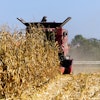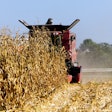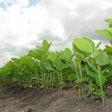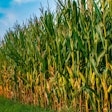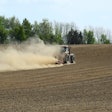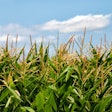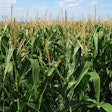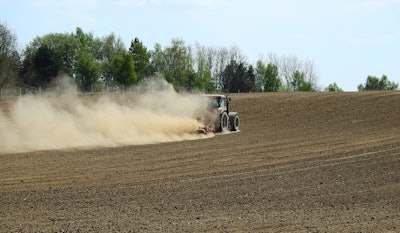
The latest U.S. Drought Monitor report, jointly produced by the National Drought Mitigation Center at the University of Nebraska-Lincoln, the United States Department of Agriculture, and the National Oceanic and Atmospheric Administration, reveals a dynamic shift in drought conditions across the United States, with significant implications for the agricultural sector.
A major storm system that moved through the South and into the Southeast brought substantial rainfall to many areas, alleviating drought conditions in some regions while leaving others parched. This variability in precipitation patterns underscores the complex nature of water management challenges facing American farmers and ranchers.
In the Southeast, parts of Tennessee and Kentucky experienced extreme rainfall, with some areas recording over 10 inches in a week. This deluge has led to improvements in drought conditions across much of central and western North Carolina, as well as northern areas of South Carolina and Georgia. For farmers in these regions, the increased soil moisture could prove beneficial for spring planting, potentially boosting crop yields for staples such as soybeans, corn and cotton.
However, the situation remains dire in other parts of the country. California's Central Valley, a critical region for U.S. fruit, nut, and vegetable production, has seen an expansion of moderate drought conditions. This development raises concerns about irrigation water availability and could lead to increased production costs and potentially reduced yields for high-value crops.
The Southwest continues to face significant challenges, with Arizona experiencing an expansion of moderate, severe, and extreme drought conditions. This persistent dryness is likely to stress rangeland, impacting livestock operations and increasing irrigation demands for crops in the region.
In contrast, the High Plains, a key wheat-growing area, presents a mixed picture. Parts of western South Dakota, southwest North Dakota, southeast Montana, and northeast Wyoming saw improvements in drought conditions. However, the Wind River area of Wyoming experienced an expansion of extreme drought, which could affect hay production and grazing lands crucial for the region's cattle industry.
The Midwest, America's breadbasket, has seen some positive developments. Ohio has been completely removed from drought status, which bodes well for corn and soybean producers in the state. However, northern Illinois experienced a mix of improvements and degradations in moderate drought areas, highlighting the localized nature of drought impacts.
Looking ahead, the 6-10 day outlook suggests the possibility of above-normal precipitation along the Canadian border, including portions of the High Plains, Midwest, and New England. This could bring some relief to drought-stricken agricultural areas in these regions. However, below-normal precipitation is expected over much of the West, southern Rocky Mountains, and southern Plains, potentially exacerbating dry conditions in these important agricultural zones.
As farmers and ranchers navigate these shifting drought patterns, adaptive strategies in water management and crop selection will be crucial. The varied conditions across the country underscore the complex challenges facing U.S. agriculture in an era of changing climate patterns, highlighting the importance of continued monitoring and responsive agricultural practices.

